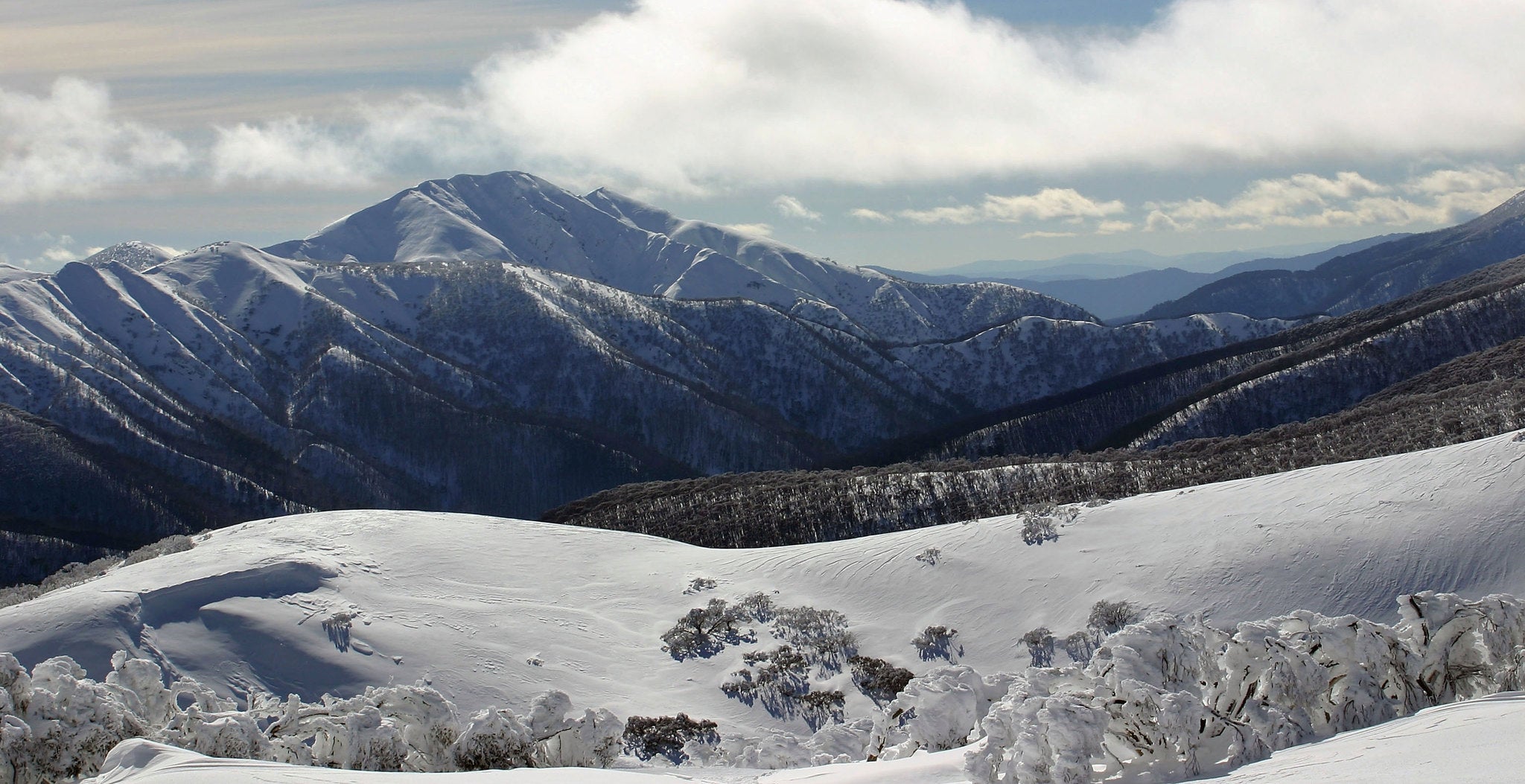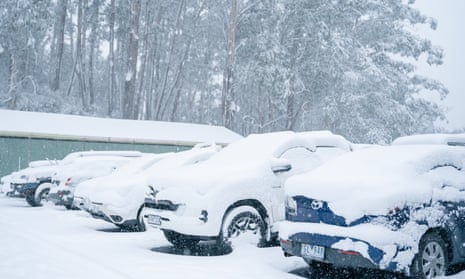Find Out About the Australian Mountains That Are Known for Reliable Snowfall
Find Out About the Australian Mountains That Are Known for Reliable Snowfall
Blog Article
Discover the Interesting Impacts of Snow in Australia on Local Environments
Regardless of its credibility for sun-soaked landscapes, Australia also boasts regions buried by snow-- a sensation that profoundly influences the country's distinct communities. The protecting residential properties of snows protect plants and animals among the coldest wintertimes, while the melting snow nurtures rivers and marine life.
The Unexpected Areas of Snowfall in Australia
The high country areas of New South Wales, Victoria, and Tasmania are especially known for their winter months snow. The Snowy Hills in NSW, for circumstances, receive abundant seasonal snow, using a stark comparison to the nation's common warm, dry environment. The visibility of snow in these regions significantly influences neighborhood ecosystems, consequently affecting the country's special biodiversity.

How Snow Impacts Australia's Unique Vegetation
While it might seem unusual, snowfall in Australia plays an important duty in forming the country's unique plants. The snow-filled winter seasons foster durability in Australian plant types. This is particularly apparent in the alpine and sub-alpine regions, where snow periodontals and mountain plum-pines grow. These plants have actually progressed to make it through in extreme conditions, with snow functioning as a protective blanket from freezing temperatures and severe winds. The snow additionally adds to the dampness material of the dirt, offering required hydration for plant life throughout the dry summer season months. Essentially, the snow influences the timing of flowering and seed dispersal, the growth prices, and the survival of numerous plant varieties, showcasing the detailed interplay in between climate and flora in Australia.
The Adjustments of Australian Fauna to Snowfall
Just as Australia's vegetation has actually adapted to the wintery problems, the local animals as well, show exceptional adjustments to the snowfall. It utilizes the snow as insulation, hibernating in rock crevices below the snow to stay warm. The Snow Skink, a species of lizard, changes its colour to white throughout winter months, offering camouflage versus killers.
The Function of Snow in Forming Regional Environments
In shaping the local communities, the function of snow in Australia is both multilayered and profound. It affects the circulation of vegetation and animals, largely specifying the biodiversity of sub-alpine and towering regions. Snow offers a critical water resource, feeding rivers and storage tanks as it melts, therefore sustaining a variety of water life kinds. Furthermore, snow functions as an insulator, safeguarding ground-dwelling microorganisms from severe cold. It plays a substantial role in dirt formation and nutrient biking. The periodic freezing and thawing of dirt induced by snowfall cultivates the break down of rocks, improving soil fertility. As a result, the visibility of snow shapes the plant life patterns, animal actions, and overall sustainability of Australia's distinct ecological communities. Does Australia Get Snow.

The Future of Snowfall in Australia: Effects and predictions

Provided the critical function snow plays in Visit Your URL shaping regional ecosystems, the future of snowfall in Australia is drawing raising attention from scientists and environmentalists. Present climate versions forecast a considerable decline in snowfall due to worldwide warming, with potentially extensive effect on neighborhood ecosystems. Less snow might cause decreased water availability in towering areas, negatively influencing wild animals habitats and plant life. Moreover, it might alter the timing of seasonal changes, interrupting the life cycles of lots of native species. The tourism sector, greatly reliant on the winter snow season, might likewise face substantial challenges. Recognizing these predictions and their ramifications is crucial to create reliable conservation approaches, guaranteeing the conservation of Australia's one-of-a-kind biodiversity and the sustainability of its economic climate.
Final Thought
The duty of snow in Australia's environments is essential yet often neglected. It functions as a protector, my response a nurturer, and a shaper of varied towering species, adding to the richness of Australia's high nation. As climatic patterns remain to shift, comprehending the effects and possible transformations of these snow-influenced ecological communities is important. Hence, the snow in Australia is greater than a natural spectacle; it's a crucial gamer in the country's environmental story.
Despite its track record for sun-soaked landscapes, Australia also flaunts areas blanketed by snow-- a phenomenon that profoundly affects the country's unique this content ecological communities. It makes use of the snow as insulation, hibernating in rock crevices beneath the snow to remain warm - Does Australia Get Snow.In shaping the local communities, the function of snow in Australia is both multilayered and profound. The presence of snow shapes the greenery patterns, animal actions, and total sustainability of Australia's unique ecosystems
Given the vital role snow plays in shaping local ecological communities, the future of snowfall in Australia is attracting raising focus from conservationists and researchers.
Report this page